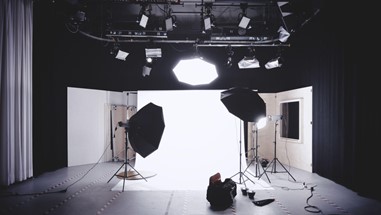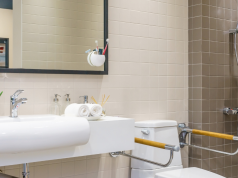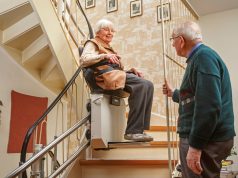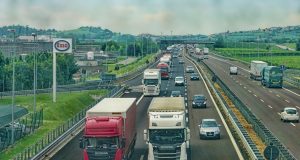
When shooting film or photography in a studio, it’s important to follow health and safety guidelines to ensure that no accidents occur. Whatever the purpose of the film production, these guidelines are in place to make sure everyone goes home in one piece, and the work is a success.
Film production can involve a number of different hazards, and in recent years the film and photography industry has become increasingly aware of the importance of prioritising the health and safety of all cast and production crew.
This article will explore some of the key strategies that can be implemented to ensure health and safety guidelines while working in a film studio London or other film sets. By considering these measures, production can be completed efficiently while ensuring that everyone involved in the process is safe.
Risk Assessments for Film Production
Before any work can begin, it’s important that a proper risk assessment is carried out. This is an essential component of health and safety in any industry, and they help to identify potential hazards and the risks associated with them. By carrying out a risk assessment, the film production crew can evaluate potential risks and take steps to minimise the harm caused by potential accidents and hazards.
The risk assessment process begins with identifying any potential hazards, and taking care to consider all aspects of the production process. This includes the use of electrical equipment, special effects, dangerous props and other areas. Once risks have been identified, they’re analysed and evaluated to measure the likelihood and severity of harm that they could cause.
Once risks have been identified and evaluated, measures can be taken to address them. Although some risk is unavoidable, it’s possible to reduce the risk and the potential harm that may be caused. Better training, establishing safety measures and creating procedures can all help. Finally, the risk assessment should be reviewed and updated regularly.
Minimising Risks in Film Production
There are lots of health and safety risks associated with film production, but one of the most common is caused by the use of electrical equipment. Cameras, lighting rigs, audio equipment and other devices are all frequently used in a film studio. These can increase the risk of fire and electrical hazards, so care must be taken.
Portable Appliance Testing (PAT) is used to reduce potential electrical hazards and is a legal requirement. The risk of fires starting and spreading can be managed with proper training and the development of good evacuation protocols. In addition, cables should be secured properly to reduce the risk of injuries caused by tripping.
Other risks relating to film production include injuries caused by lifting heavy equipment or when working in challenging conditions. The right training can help reduce both these risks, as can providing adequate personal protection equipment (PPE).
The Role of Technology in Health and Safety
Technology is helping to make film production safer than ever. Remote monitoring and control systems are one of the most significant uses of technology in health and safety. Sensors and other devices can detect changes in the environment to communicate with an alarm system that can help to alert workers of fires or other hazards.
Drones are a big part of modern film production, helping to reduce risks while giving crews more control over how they shoot film and photography. Drones can capture ariel shots and difficult-to-reach angles, offering greater safety compared to traditional filming methods. However, additional risks do have to be considered when using drones, as they can lead to injuries if used incorrectly.













